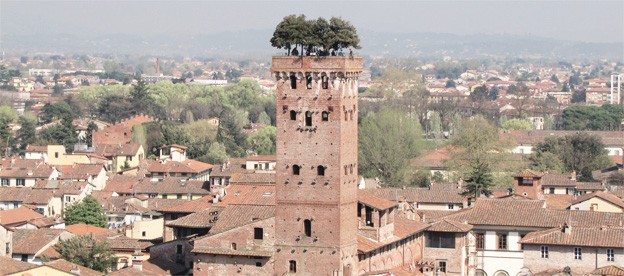
How sustainable is a tree on a roof?
28/02/2015
Urban trees provide a lot of positive things in urban environments: they increase the biodiversity; clear the air up by fixing solid particles in suspension and CO2 and releasing O2; retain the ground and prevent the erosion of soils; and protect the pedestrians from the wind and sun. They are also a meeting point: people have traditionally met under a tree to talk, discuss, legislate, judge or trade. A popular recent trend is including trees in buildings as a way to make them more sustainable. Even on roofs. But, how sustainable is a tree on a roof?